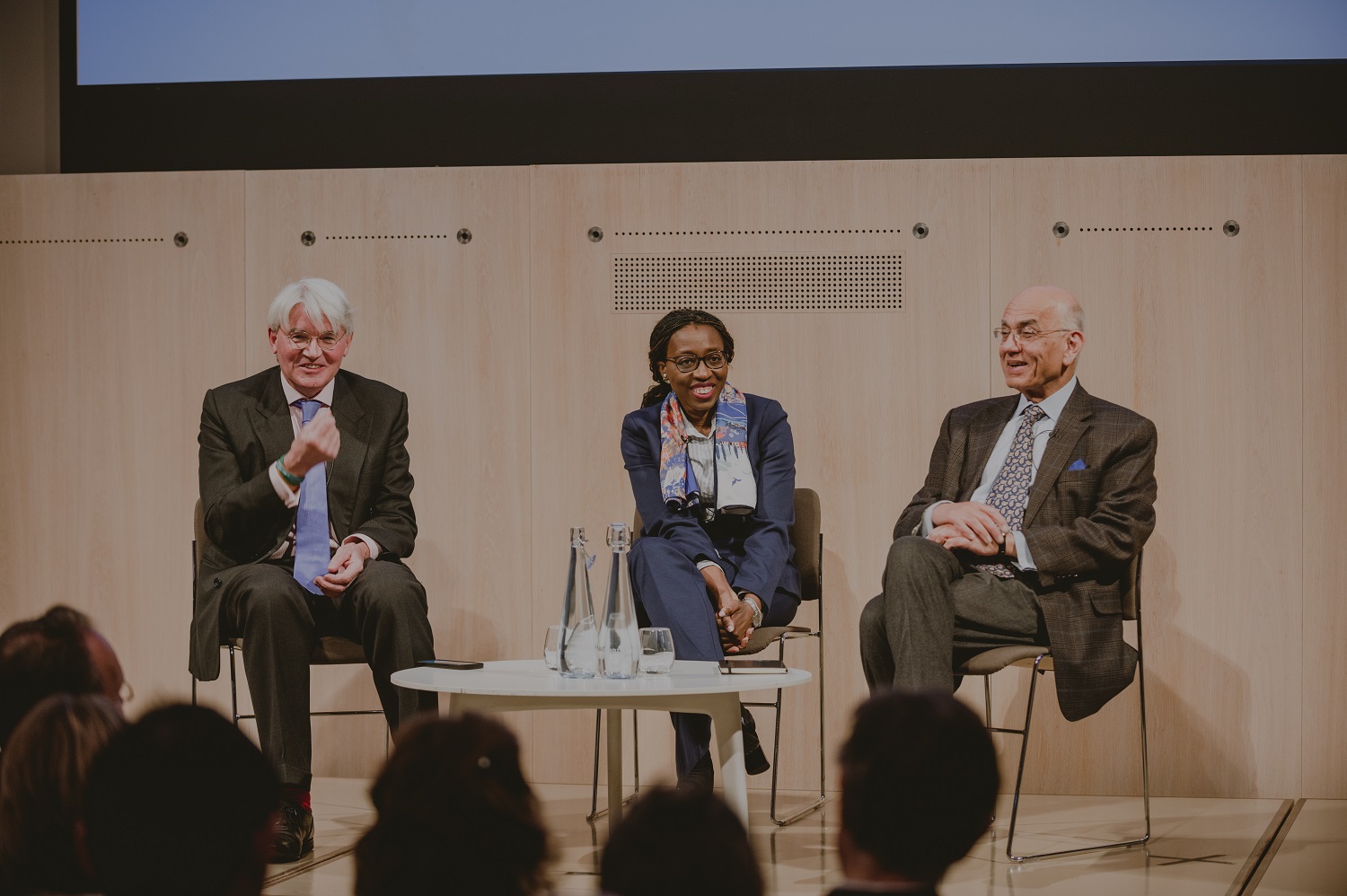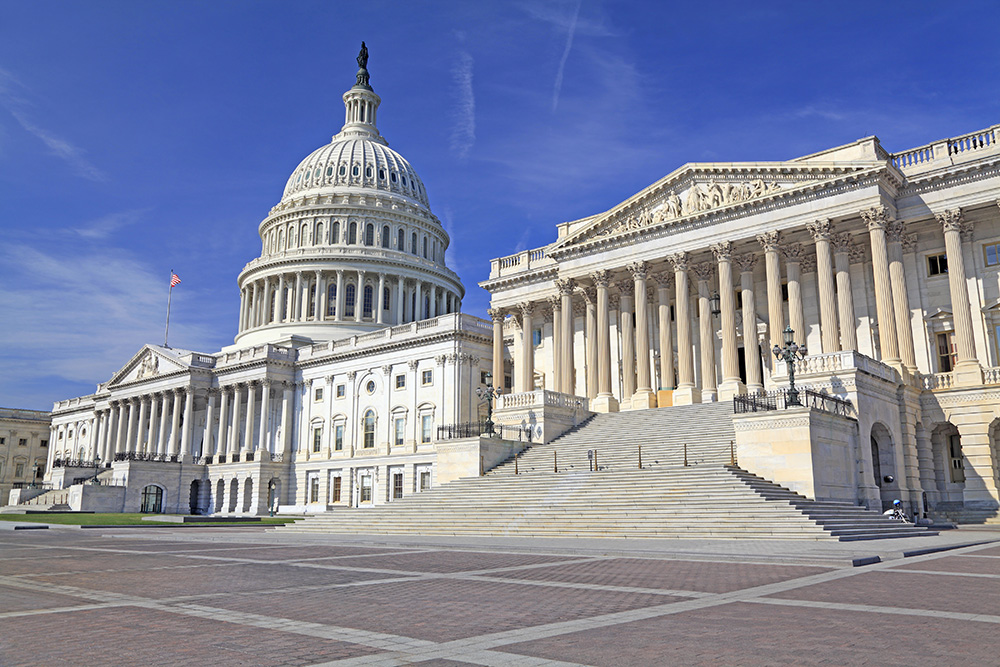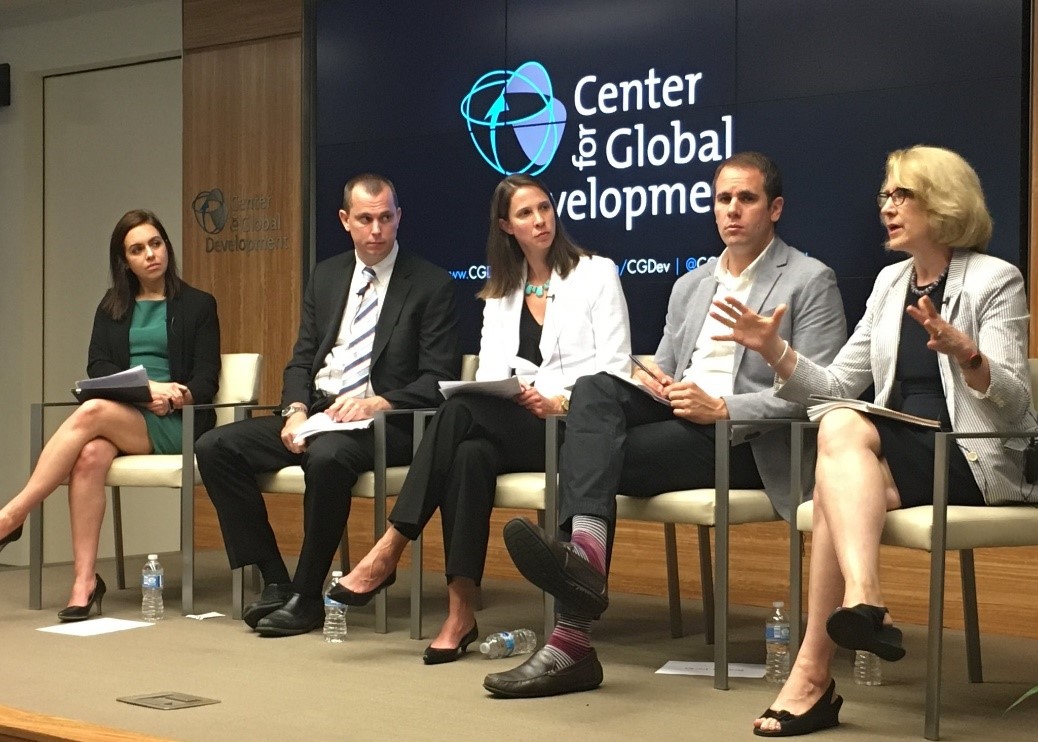After a splashy launch in April 2014, USAID’s Global Development Lab has been relatively quiet as it seeks to expand the Agency’s capacity in science, technology, and innovation. For the broader development community, however, much remains in question about how the Lab will function, what it will accomplish, and how it will contribute to USAID’s newly stated mission to end extreme poverty.
I took the opportunity to chat with former USAID chief scientist Alex Dehgan in an effort to answer some of these questions. In 2010, administrator Raj Shah appointed Dehgan as USAID’s first chief scientist in over 20 years, and Dehgan was a major architect behind the Lab which originally brought together USAID’s Office of Science and Technology (OST) with its Global Development Alliances and Grand Challenges for Development programs. In Dehgan’s words, the purpose of the Lab is to “rethink assumptions and harness the power of the crowd and America’s leading research institutes and universities, coupled with the democratization of science and technology, to lead to new breakthroughs that it can bring to scale.”
Excerpts below offer Dehgan’s insights on the genesis of the Lab and its seeming drift from its original raison d'être. He finds the Lab struggling to find its place within an Agency largely divided along bureaucratic and sectoral lines. This could prove detrimental to the long-term utility of the Lab, at best hindering its efficacy, at worst making it a fleeting effort of the current administration. You can see a transcript of the full interview here.
Casey Dunning: USAID has been quite vocal about its new mission to end extreme poverty by 2030. How will the Lab contribute to USAID’s efforts to end extreme poverty?
Alex Dehgan: The question is not how the Lab will respond to USAID’s efforts to end extreme poverty, but whether it should. For the Lab to achieve its vision as a DARPA (Defense Advanced Research Projects Agency) for Development, which the Administrator reiterated at its launch, it cannot duplicate the focus and political activities of the rest of the Agency. It must choose to rethink assumptions, identify alternative areas that can be truly disruptive, and be sharply focused on those areas that have the greatest potential for development. This however takes time. The Lab’s focus should not be a mere mirror of a constantly shifting political agenda.
CD: USAID has identified nine problem sets for the Lab that seem to cover a vast majority of the issues on which the Agency works. In this initial phase of the Lab, can you identify which problem set you think holds the most potential for unlocking solutions using the Lab’s distinct approach?
AD: The Lab probably shouldn’t be approaching questions that follow the Agency’s disciplinary lines, but should consider how it can look at questions that cross between them. Innovation happens at the boundaries, not in the center…There is a tension between whether the Lab can create transformative new products, but at the same time, transform/serve the Agency. This is tied to how we institutionalize the gains made in this Administration. One is to make the Lab much closer to the rest of the Agency so that it endures. The second is to maintain its distinctiveness, craft a different culture from the Agency with a different staff and set of authorities, and create a Skunk Works, a Bell Labs, a Xerox Parc, that then feeds back in.
I am concerned the Lab may be institutionalizing the wrong things – bureaucracy rather than adaptability, technical substance, creativity, and a hacker culture. The Lab will fail if it merely creates a new bureaucracy that lacks the ability to take risks, to be creative, to be innovative. The failure to take risks — the failure to fail (or iterate) — may ultimately be a greater risk than continuing with the same programs and expecting different results. The Agency should ensure that the majority of the positions of the Lab – perhaps 90% – are not permanent, but are time limited. This is a persuasive argument to Congress that we aren’t creating a bureaucracy, but truly opening up the Agency to new ideas. This means maintaining a startup mentality, allowing for iteration, and taking risks, and not building and reinforcing bureaucracy that incentivizes maintenance of the status quo.
CD: What makes the Global Development Lab different from USAID’s previous efforts in science, technology, and innovation during the Obama administration? What is the value-add of an entity like the Lab?
AD: Worryingly, science and technology programs which made up the majority of the Lab at its founding (it was a merger of 18 OST programs with 4 Office of Innovation and Development Alliances (IDEA) programs, one of which has been largely outsourced) appear to be a diminishing part of what the Lab is doing. Even the advisory board – whose initial purpose was to connect us with external technical communities – has mostly lost its scientific character. The Agency continues to expand the number of nontechnical staff in the Lab, without considering what the impact will be on the technical quality of what we will do. Most importantly, the leadership and make-up of the Lab needs to reflect the Lab’s technical nature, but have not done so. The gains we have made in building science & technology in the Agency are ephemeral; they can be turned back as there is an astonishing elasticity to the Agency to regain its prior form.
CD: Will USAID continue the role of a chief scientist and will that position lead the Lab? What is the role of science and technology in the Lab?
AD: We substantially enhanced the reputation of the Agency with respect to science and technology in the last four years. The Agency is a hybrid institution – it is half a technical agency, and half a foreign affairs agency. However, over the last two decades, the Agency prioritized the foreign affairs aspects of its role, but saw its technical strengths atrophy. It was mainly viewed (with a few exceptions, not limited to its longstanding food security research programs and global health’s work on HIV, implementation science, emerging infectious diseases, the demographic health survey, and its famine early warning programs and climate change program) as a contracting body (foreign assistance), rather than an institution that does technical development (e.g., a development agency). However, the Agency has been trying to change that perception under Raj Shah’s leadership. Development is a technical field, and we can harness the exponential gains in science and technology and connectivity, to accelerate our outcomes. However, we can’t do this without a focused, concerted effort to do so across the entire Agency – the Lab needs to lead that effort and there is no other entity better suited to play that role.
Disclaimer
CGD blog posts reflect the views of the authors, drawing on prior research and experience in their areas of expertise. CGD is a nonpartisan, independent organization and does not take institutional positions.





